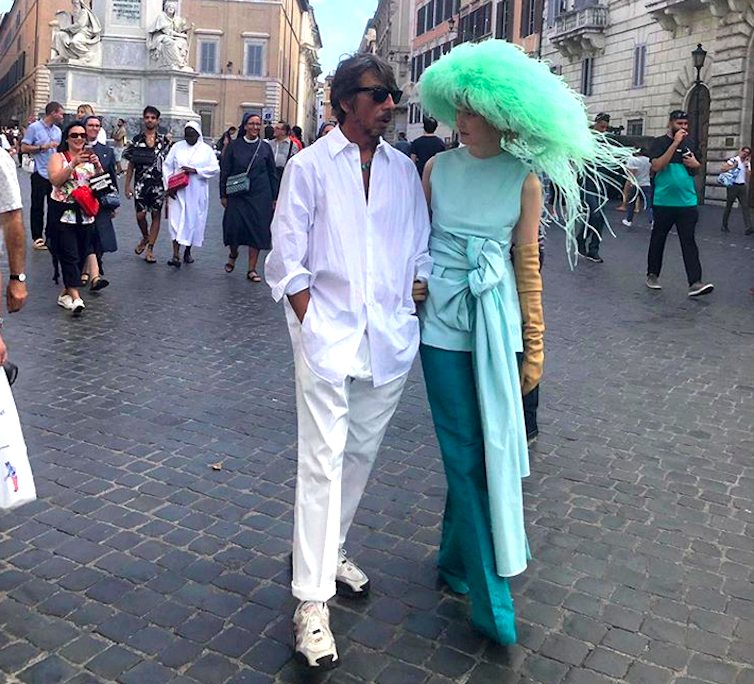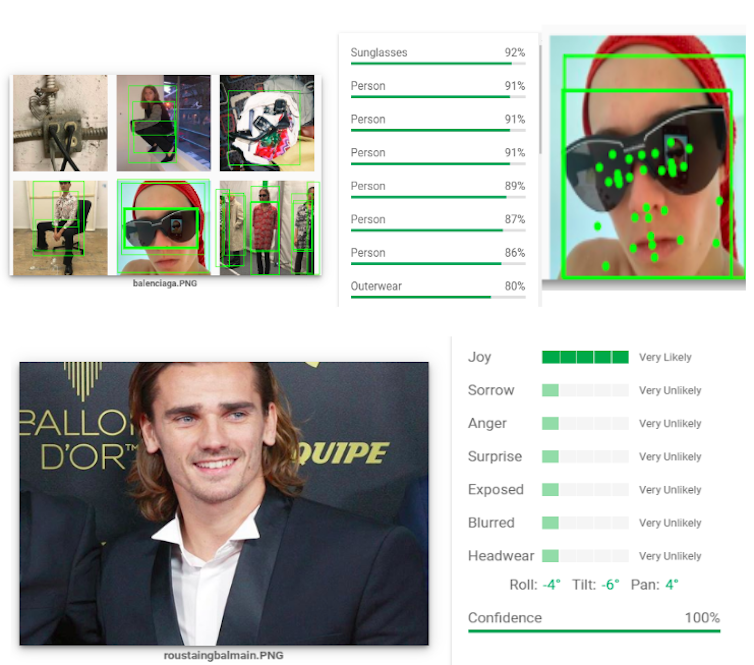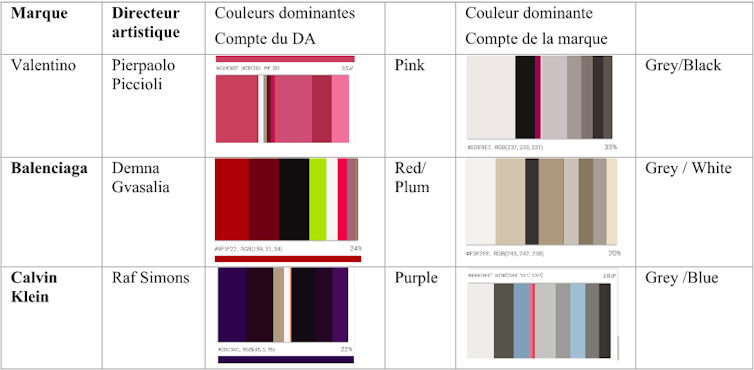To republish this article
Voir l’article original pour connaître les conditions de republications.
Fashion and social media: artistic directors are not necessarily the best influencers...

Instagram has become a key network for luxury fashion and e-commerce. Brands have understood this and Chanel has around 30.9 million followers; Gucci, 29.4; Louis Vuitton, 27.8; Dior, 22.1; Prada, 17.2 and so on.
To stand out and revitalise positions that are considered too traditional, luxury brands now present content by their artistic directors (ADs). The aim is to appear more modern and increase engagement among their community. However, some of these ADs are developing their own strategies that blur the positioning of the brands they work for. From brand champions, they can become image “muddlers”.
Luxury brands have always emphasised the designer’s charisma to build and promote their legendary, sacred image. Karl Lagerfeld, Olivier Rousteing, Alessandro Michele and Nicolas Ghesquière all built their own legends by nurturing and humanising brand storytelling. The figure of the entrepreneur that they embody can be a way of showcasing personality traits that are directly associated with the brand.
The luxury industry in search of modernity
As a result, these brand ambassadors are in fact artists who have become influencers over the years and are now judged on the number of their tweets or social media followers. Their ability to build engaged communities that are younger than the traditional luxury customer base is almost as important as selling their collections.
On the flip side of the coin, ADs have become stars who can sometimes break away from the brand's style to showcase their own artistic tastes, lifestyles, sources of inspiration and, sometimes, their own products in highly disruptive worlds via their own Instagram accounts.
We therefore wanted to analyse the different Instagram strategies used by ADs of luxury brands to assess the degree of congruence between posts on their personal accounts and those of the brands that employ them. As the corpus of the study was particularly difficult to define, we took great care in choosing the luxury brands to be considered. A selection of 19 leading luxury brands and their 20 artistic directors were chosen on Instagram, made up of haute couture brands with Instagram accounts with over 10,000 followers and artistic directors who are active through their personal account.
The study used Google Cloud Vision, which allows analysis of highly visual networks such as Instagram and is not widely used in academic research. It not only detects objects, but can also categorise the feelings of the people shown or the colour palettes of the photos posted. This artificial intelligence tool classifies the elements it recognises within the images and associates adjectives with them.

Tradition at odds with modernity
Below is an extract of the results obtained using this tool.
Firstly, the colours show differences between the accounts of ADs and their brands. The latter use classic luxury colours. The clothes worn in the photos, the atmosphere at fashion shows and the logos are all in black, gold, grey, white and pastel blue. As for the DAs, the content posted on their accounts (places visited, works of art made, photos of paintings or interiors) is extremely colourful and the colour palette is not always in line with brand’s codes, as the table below shows:

The themes of their posts can also be very discordant. Four types of topic were identified in our study. Some of them are more specific to brands and others to ADs:
love of the brand, values, nostalgia, feelings: ADs only.
fashion, beauty, modernity, product: some ADs and mainly brands.
private life, everyday life, travel, finding inspiration in worlds far removed from fashion: both brands and ADs.
communication, media, collaboration, community, shows, collections, etc. mainly ADs and some brands.
ADs are constantly storytelling on their Instagram accounts. Family history, private interiors and their friendships with stars all feature prominently, as do their interviews with the press. Brands, on the other hand, are constantly seeking to appear modern, with relatively few references to their values or history.
The difficult task of managing influence
This analysis shows that expressions of luxury sometimes differ between art directors and brands, which can confuse the positioning perceived by consumers. The results show how difficult it is for brands to benefit fully from the influence of their ADs, who are sometimes more concerned with developing their own brand capital.
It cannot be denied that ADs are key employees and have a particular status that verges on brand association or individual entrepreneurship. In addition to their role of representation, they are also key figures in change management policies, modernisation or even strengthening brand positioning. Their role and status fully illustrate the paradox of new forms of collaboration in the age of influence.![]()
Identity card of the article
| Original Title : | Mode et réseaux sociaux : le directeur artistique n'est pas forcément le meilleur influenceur... |
| Authors : | |
| Publisher : | The Conversation France |
| Collection : | The Conversation France |
| License : | The original version of the article was published in French by The Conversation France under Creative Commons license. See the original article. An English version was created by Hancock & Hutton for Université Gustave Eiffel and was published by Reflexscience under the same license. |
| Date : | June 29th, 2023 |
| Langages : | French and english |
| Keywords : | social media, communication, strategy, influence, artificial intelligence (AI), fashion, e-commerce, luxury, brands, Instagram, storytelling, influencers |
![[Translate to English:] Consultez le site web The Conversation France](https://reflexscience.univ-gustave-eiffel.fr/fileadmin/_processed_/7/c/csm_TC_Stacked-ENG-FR_d13cf8099d.png)
![[Translate to English:] Licence creative commons BY-SA 4.0 [Translate to English:] Licence creative commons BY-SA 4.0](https://reflexscience.univ-gustave-eiffel.fr/fileadmin/ReflexScience/Accueil/Logos/CCbySA.png)